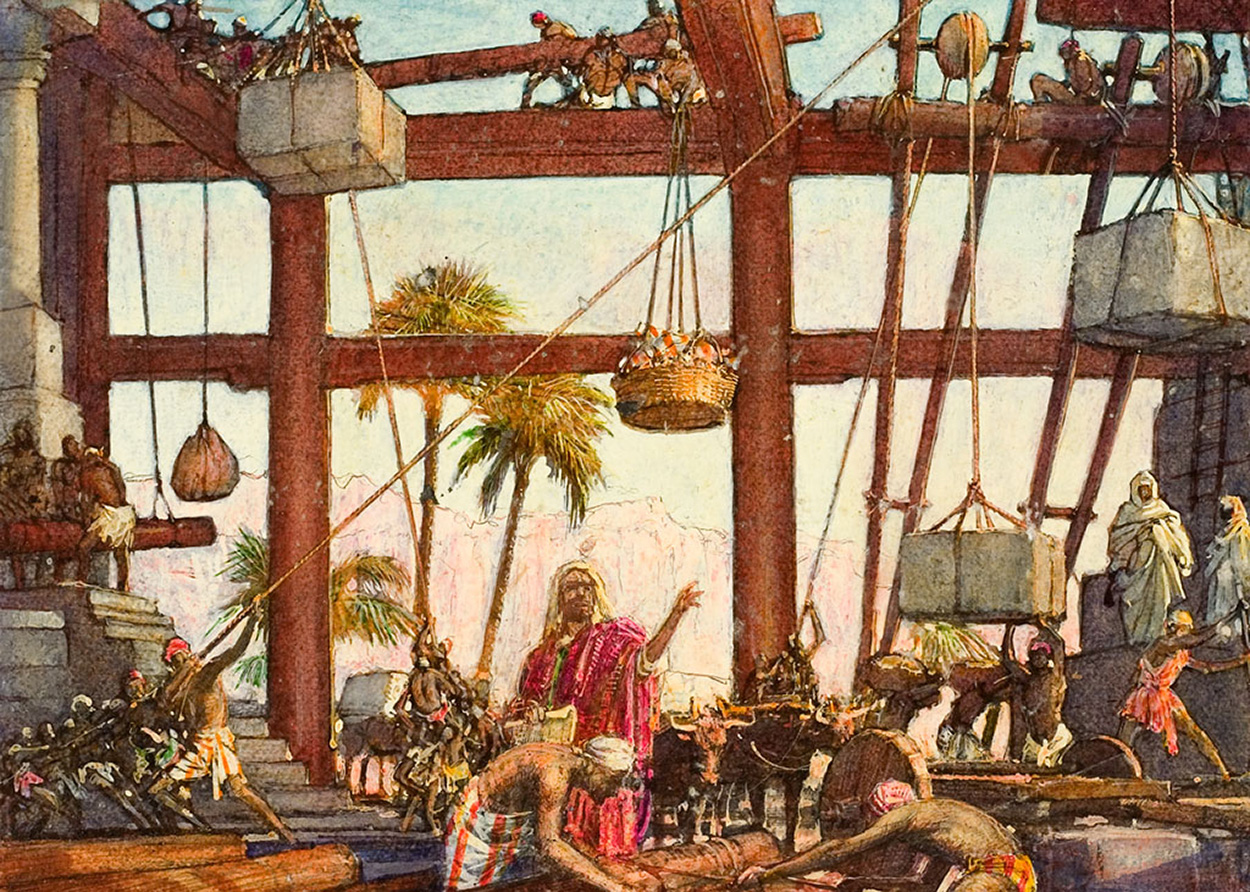Recommendations
Hello! Shalom! Aloha! Mabuhay!
If this is your first visit to Modern Apocrypha, I have only two recommendations for continuing on with minimal confusion:
1) Please begin with the first introductory post (found HERE) and work your way forward. Almost all the posts on this blog flow chronologically and will make more sense with the background and context of previous ones. Jumping in anywhere might be disorienting.
2) Please read along in the texts posted off to the right. I try not to summarize too much in the commentary and discussion, and being at least somewhat familiar with what we're discussing or I'm commenting on will be most beneficial and edifying for all involved. Plus, going along with the theme of this blog, any hidden truths to be brought to light will be found within the text itself and not necessarily within my ramblings.
Okay, fine, three recommendations:
3) Please read with an open heart, mind, and spirit. See what truths you can find in these works--ones which speak to you. Namaste : )
If this is your first visit to Modern Apocrypha, I have only two recommendations for continuing on with minimal confusion:
1) Please begin with the first introductory post (found HERE) and work your way forward. Almost all the posts on this blog flow chronologically and will make more sense with the background and context of previous ones. Jumping in anywhere might be disorienting.
2) Please read along in the texts posted off to the right. I try not to summarize too much in the commentary and discussion, and being at least somewhat familiar with what we're discussing or I'm commenting on will be most beneficial and edifying for all involved. Plus, going along with the theme of this blog, any hidden truths to be brought to light will be found within the text itself and not necessarily within my ramblings.
Okay, fine, three recommendations:
3) Please read with an open heart, mind, and spirit. See what truths you can find in these works--ones which speak to you. Namaste : )
Friday, June 3, 2016
ANG AKLATAN - SURAN 7-9 - TEMPLES & TRADITIONS
Before he died, Ngameke also taught Suran a very basic, but standardized, system of measurement based on body parts that is similar to those found worldwide. A "taka" is equivalent to a cubit, or the distance from elbow to fingertips. A "butar" is equivalent to a span, or the width of a hand. The modern standard cubit is 18 in, with a span half of that. There are some differences, however, in how a span is measured, whether from thumb-tip to pinky-tip or simply across the palm, and Suran doesn't specify.
With this system of measurement in place, Suran, his family, and those from their tribe who wish to help begin gathering necessary items to build a temple and associated sacred articles according to the ancient records. They weave and dye cloth (the Old Testament speaks of purple, blue, and scarlet dyes), cut trees for timber, trade for a bunch of gold, etc. It's interesting, though, that Ruman says they're building this temple after that of the Order of Shem/Enoch and not after Solomon's temple. There's no real description anywhere that I could find of a "patriarchal temple".
Ruman notes that Suran's family didn't need to heed every part of the Law of Moses that was given to the children of Israel after coming out of captivity in Kemet (again, Egypt) and preserved through the Levitic line. The descendants of Ophir were not bound by that law, only that which was given to their fathers through Shem, since their ancestors hadn't sinned like the children of Israel. However, because of this distinction, the descendants of Ophir were considered Gentiles to the Levites when they first came together on the islands, which caused much contention.
This is quite an understatement, especially knowing what we do about the Mosaic prohibitions and taboos concerning Gentiles and the later Pharisaic amendments present during Jesus' time. It's amazing these two groups joined together at all. It's also interesting, and a little disheartening, that these Israelites still couldn't let go of their lesser law and traditions even when a greater, purer (and actually probably simpler) system of worshiping Jehovah that preceded their own is right in front of them. Hopefully, we can learn something from this when it comes to letting go of our lesser, more complicated traditions for something greater, purer, and simpler.
After two years, the temple is completed, and Suran takes his sons and son-in-law to purify them to serve as priests in the temple. This is done by cleansing them with water, putting priestly garments on them, and sacrificing a young water buffalo. As per the records, the sacrificial blood is painted on the horns of the altar and poured out by the altar, and the various parts of the sacrifice are burned on the altar. Once this purification ritual is complete, Suran and his sons return to the repository at Mt Genas to retrieve the sacred articles, records, and treasures for safekeeping in the temple.
Labels:
Ang Aklatan
Subscribe to:
Post Comments (Atom)

No comments:
Post a Comment